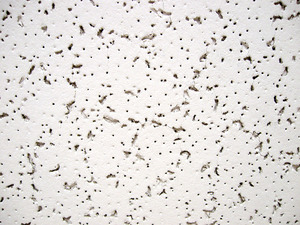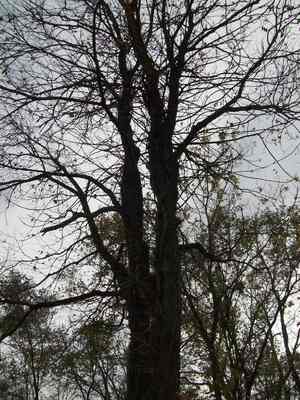Children love poems and poetry is a wonderful way to introduce even the littlest reader to creative writing. Here is a lesson plan for three different styles of poetry that will make it easy for children to write and read aloud their creative works. If the children are too young to write out the words, have them read off their ideas while you take notes for them.
Lesson 1: Alphabet Style Poems
These are a great way for kids to come up with many different words, each with a different beginning letter. The purpose of this poem is to creatively write words each with a different letter of the alphabet or to write a poem focusing on one letter of the alphabet.
Here’s how to do this poem. Write down each letter of the alphabet. Next to each letter, have the children come up with a word that begins with that letter. Help them with different verbs or nouns as needed, and encourage creative thinking by have them come up with their own words or funny names for animals.
This is one I came up with titled “Five Friends”
Andy bellowed, “Cut down everything funny!”
Georgia hollered, “I‘m just kissing lambs!”
May nosed over purple quails;
Rebecca sewed tall underwear;
Wendy’s xylophone yodeled zebras.
As you can see each letter of every word goes from A to Z in order.
Different ways to create an alphabet poem:
- Start at Z and finish with A, or start with A and finish with Z
- Write down each letter of the alphabet and begin each line of the poem with that letter
- Just focus on one letter to make an entire poem with that one letter as the main subject (like a small story about the letter Z – how it’s shaped, what it sounds like, what words begin with it).
Lesson 2: Word Plays
These are great fun for kids as they love to spot out homophones, different words that sound alike but are spelled differently. Some common words that are homophones are: tail-tail, steak-stake, eight-ate, wood-would and flour-flower.
Here is one I created from the words To-Two-Too.
Tulu went to town
to see two plays.
Tonight Tulu’s two friends
saw to it they watched it, too.
The main goal with this poem was to use the words that sound like ‘to’ together. The poem includes the name Tulu and the word tonight that has the same sound as the main words.
Lesson 3: Acrostic
This is a favorite amongst even the littlest poet. In this poem, the main objective is to have in each line a letter of a word that is vertically spelled out. It is most successfully accomplished with the younger ones to just spell out their names and continue each line with that letter.
Here is one I created from the name SANDRA
Six silly goats
All went up the hill
No one found grass so
Down they all came and
Ran to the meadow
And played in the daisies.
Another way to write this poem is with the first and last letters of each line to spell two different words, each making up the first letters of the first word and the last letter of the last word.
Children all love to creatively write. Poems give a perfect opportunity for them to explore their creative side while learning about words and grammar at the same time.






